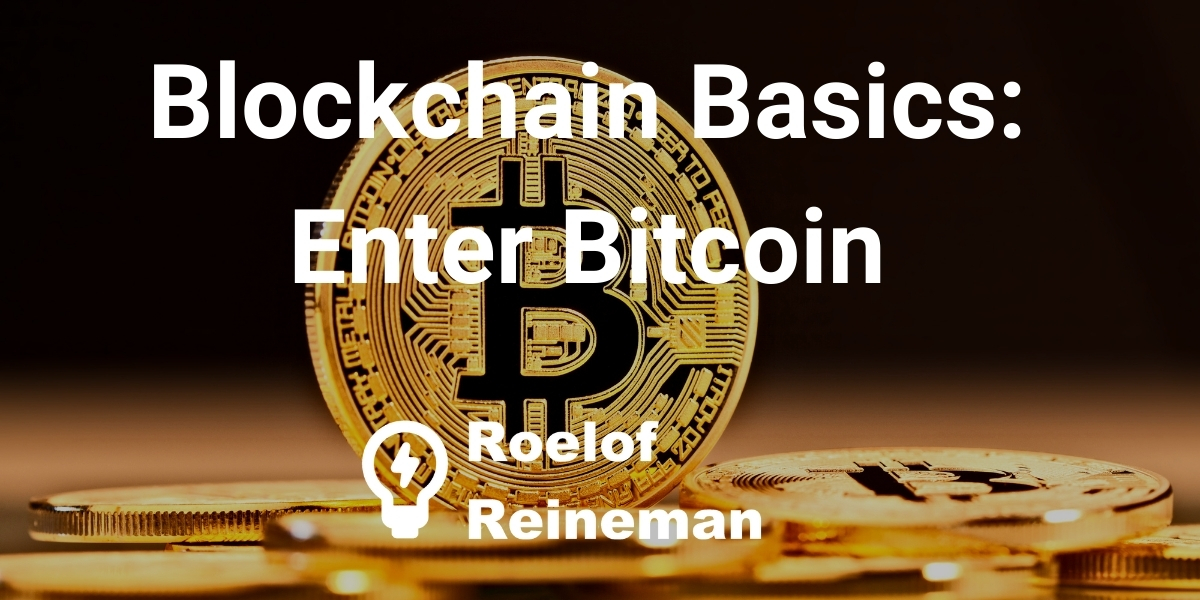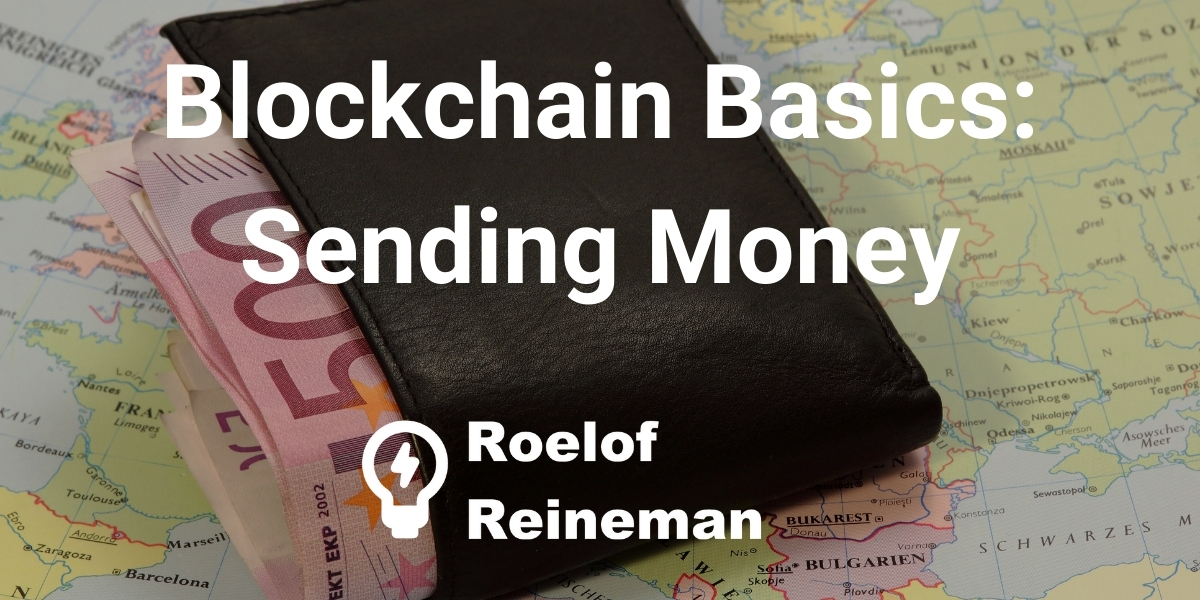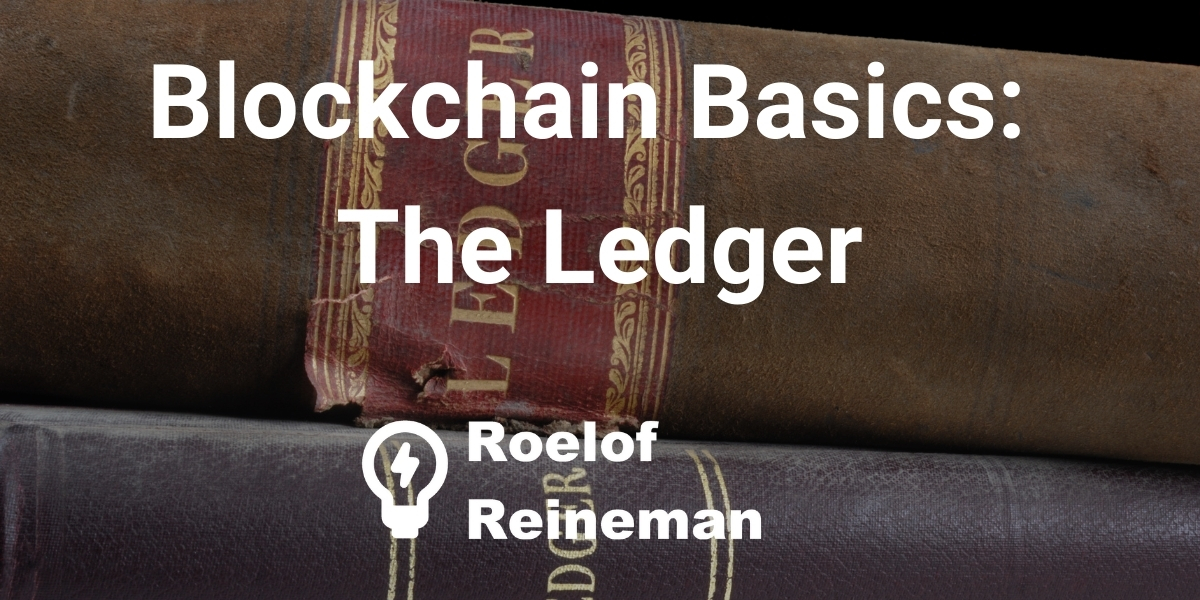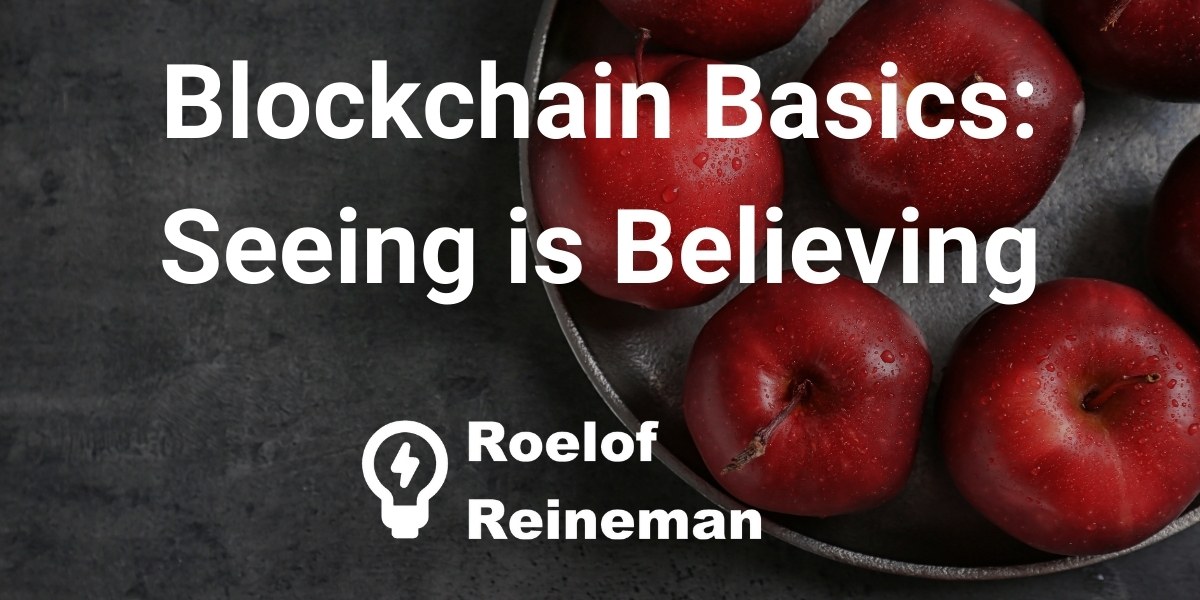How does Bitcoin solve a lot of the issues and combine the properties mentioned in the earlier posts in this Blockchain Basics series? Let’s find out!
In the previous posts of Blockchain Basics, we covered the following aspects:
-
Ledgers: How records are maintained of inventory and/or transactions, in a single location.
-
Seeing is Believing: On how something is ‘validated’ to be true.
-
Sending Money: How digital things like money are being sent digitally.
-
Sending Photos: How sending an item digitally also has its problems for things that are ‘supposed’ to stay unique and scarce.
Enter Bitcoin
So how did the launch of Bitcoin combine all that and addressed the associated problems?
Put simply: What Bitcoin did is use blockchain technology and combine these things as follows:
-
Is has a ledger, where all the accounts and transactions are stored. Though this ledger is not stored in one central location. Every participant in the network, all players, have a copy of that same ledger. This makes sure that everybody has access to the same information: The Single Source of Truth.
-
Changes to the ledger are only added when there is consensus: when the network reaches consensus on a (proposed) change, it is added to the ledger.
-
When sending bitcoin, it looks a lot like money being sent. The main difference is that with digital fiat money, is the bank that plays a central role. The bank holds the ultimate truth and maintains the ledger for you. With Bitcoin, you send it directly to the other person, without a bank in the middle. To make sure that unlike with a digital photo, you send copies of bitcoin around, cryptography is used to make sure that each (fraction of) bitcoin only has one owner (wallet address) at any given time.
In Practice: Sending Bitcoin
Roughly what happens when you want to send bitcoin to your friend, is the following:
-
You have an amount of bitcoin in your wallet.
-
You propose a transaction to send an amount to another address.
-
The proposed transaction is checked (at the basic level: do you have enough in your account to send it?).
-
If that first check is ok, the network needs to validate it.
-
Upon validation, the transaction is executed and the change is added in the latest block in the blockchain. The last block in the chain is the ‘current state’ of the ledger.

Translating the Concept to Energy
So how does this get involved in the energy industry? What concepts can we use there to help meet our energy demands and boost the energy transition? Let's explore that in the next series of posts, or contact me directly.




